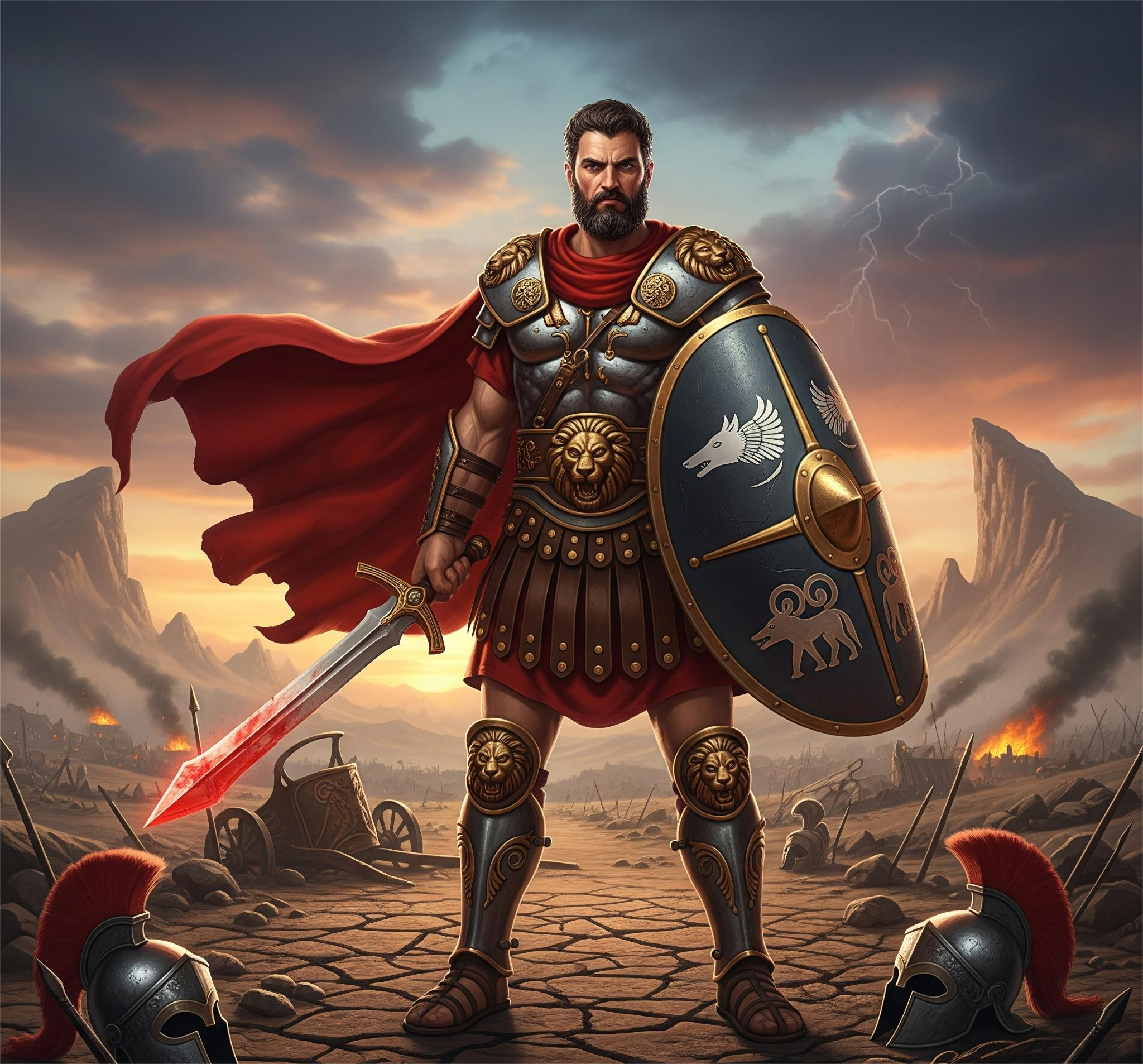In the grand pantheon of Roman deities, Mars stood as a figure of immense power and complex symbolism. Far more than just a god of war, Mars was deeply entwined with Roman identity, statehood, and masculinity. Revered as a guardian of Rome and a divine ancestor of its people, his cult permeated every level of Roman society—from military rituals to public festivals and imperial propaganda.
While Mars was equated with the Greek god Ares, the two were not seen as exact counterparts. In fact, Roman reverence for Mars reflected a greater degree of respect and civic devotion than the Greeks ever afforded Ares, who was often portrayed as chaotic and bloodthirsty. In Rome, Mars was not just a bringer of war—but a symbol of order, courage, and the Roman way.
Origins and Evolution of Mars
Mars likely originated as an agricultural and fertility deity, associated with springtime and the renewal of life. This early role survives in the naming of March (Martius)—the first month of the old Roman calendar and the season when both planting and military campaigns began.
As Rome transformed into a military powerhouse, Mars evolved into the god of war, but retained his agricultural connections, symbolizing the cyclical nature of life and death, sowing and reaping. He was ultimately viewed as both a protector and destroyer, capable of blessing Rome with both fertility and victory.
Temples, Cults, and Sacred Spaces
Mars held a prominent place in Roman religion, second only to Jupiter. His worship spanned temples, sacred groves, and military camps:
The Temple of Mars Ultor ("Mars the Avenger"), built by Augustus in the Forum of Augustus, commemorated the defeat of Julius Caesar's assassins and reinforced the emperor’s divine connection to Mars.
Campus Martius ("Field of Mars") was originally a training ground for Roman soldiers and a major religious space dedicated to Mars.
Sacraria (shrines) to Mars existed in military camps, where troops would pray to him for courage and protection.
Mars and the Roman State
The worship of Mars was deeply embedded in Roman political and military rituals. Key examples include:
Salii (leaping priests): These twelve patrician youths performed ritual dances and chants each March, wearing archaic armor in honor of Mars.
The Marching of the Army: Roman legions often began their campaigns with sacrifices to Mars, and military standards were consecrated in his name.
Animal sacrifices, especially bulls and boars, were common offerings to Mars—symbolizing strength and martial power.
Mars was also celebrated in multiple public festivals, most notably:
Equirria (Feb 27 & Mar 14): Horse races held in his honor on the Campus Martius.
Armilustrium (Oct 19): A ceremony to purify and store military weapons after the campaigning season, marking Mars' dual role in war and ritual.
Myth and Ancestry: Father of Rome
In Roman mythology, Mars was the father of Romulus and Remus, the legendary founders of Rome. This myth cemented Mars' role as a divine progenitor of the Roman people. As such, every Roman could trace their identity and destiny back to Mars, strengthening the god’s position as a symbol of Roman superiority and mission.
Emperors, especially Augustus, used this connection to bolster their divine legitimacy. By invoking Mars Ultor and claiming descent through Venus and Mars, emperors wove their authority into the very cosmic fabric of Roman myth and religion.
Legacy and Lasting Influence
The worship of Mars declined with the rise of Christianity, but his legacy endured:
The planet Mars retains his name in modern astronomy.
The military symbolism associated with Mars influenced countless Western traditions of war gods and martial valor.
Artistic depictions of Mars—as a strong, armored warrior—became archetypes of masculinity and courage throughout the Renaissance and beyond.
Today, Mars remains a powerful symbol in literature, military rhetoric, and even popular culture—standing not just as a relic of the past, but a continuing metaphor for strength, strategy, and sovereign power.







